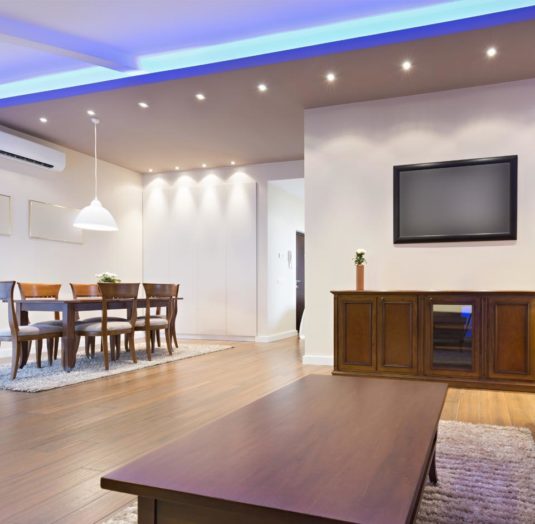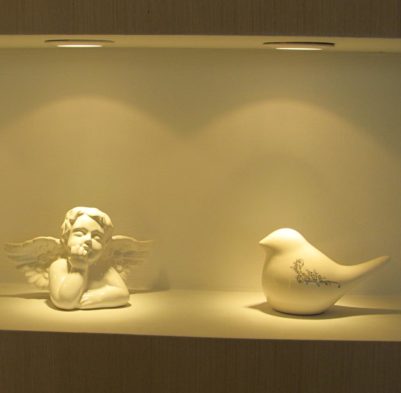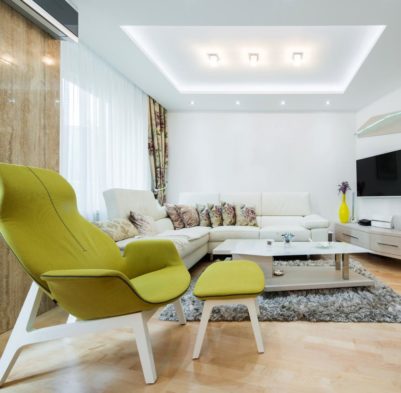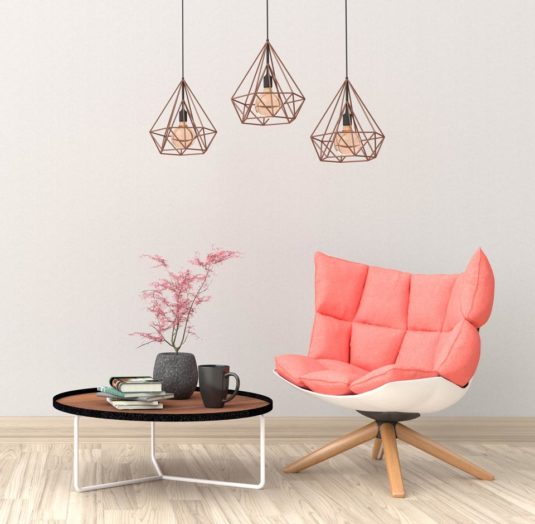10 Considerations when buying LED downlights
Here are our top ten things to consider before you buy LED downlights
This article is part of our series helping you understand what distinguishes quality from poor products and what questions to ask before buying water saving and energy saving products.


1 Location
You should consider the location of the light to help you select the power (W) and whether you need special features.
For example, a high ceiling will require a higher power lamp which produces more light. Also, a downlight in a bathroom should be rated a minimum of IP44. IP stands for ‘ingress protection’ and the 2 digit number indicates the degree of protection against water ingress. IP67 would indicate total immersion protection. Clearly in a bathroom with lots of airborne moisture this is an important consideration.
Another interior downlighting rule is ‘leave a gap of 3 feet between the edge of the ceiling and your downlights’. Position them too close to the wall and you’ll get shadows which can actually make a room look smaller than it is. Of course, rules were made to be broken and you may intentionally want to create a more dramatic effect by breaking this one!
If you are unsure about your specific requirements, contact us on 0333 123 5464 and our experts will be happy to assist.
2 Domestic/commercial?
If you are specifying for a public building or for a company, you may need to look into any building regulations applicable before you select a downlight.
Home users will not usually need to worry about regulations. However, we recommend tenants consult with their landlord first and understand their responsibilities.
3 Cut-out size
Cut-out size is the size of the hole needed in the ceiling; this is regularly different to the advertised diameter.
Our website explicitly states the cut-out size. We find this is helpful for our customers who come to us wanting to fit a downlight to a hole they already have cut into the ceiling.
4 Compliance
This is especially relevant to commercial use, but home users can be reassured by purchasing products which comply with additional safety regulations.
We state whether the downlights we sell are fire rated, that is, it doesn’t create a weak point in the ceiling for fire to break through, and whether they are IP rated. These will help you pick a product which adheres to your company safety policies.
For an explanation of these terms, see our LED Jargon Buster.




5 Savings
If you are interested in the savings made possible by converting to LED, you should check the wattage of your current lighting and compare this to the LED you are interested in.
In particular, when compared to halogen downlights, LED downlights will ramp up significant savings.
Of course, many directional halogen bulb types have now been banned by the EU for energy-efficiency reasons so it pays to buy a good quality product that will last and give best light.
If you are looking at a larger project, Save Money Cut Carbon offer a bespoke modelling service which will outline your potential savings and include data on return on investment and payback time.
Alternatively, if yours is only a small project you can roughly work out how much you can save by seeing how much power (W) your current lighting uses, and comparing that to how much power a corresponding LED uses. Consult our experts if you would like further advice on how to calculate your savings. Also, see our LED FAQs for more information on how LED can save you money.
6 Electrician/labour cost
When you consider the costs involved you should include a quote for an electrician to professionally install the light.
LED downlights require wiring and this should be done by a trained professional. Get a few quotes from trusted tradespeople and consider these costs in your total expenditure before buying.
7 Life
A great advantage of LED is the very long lifetime of the lamp. Downlights are a pain to replace as swapping them can damage the ceiling and replacements should be fitted by a trained electrician which adds cost.
With a running life of 30,000+ hours, LED downlights are far superior to both halogen (1000 hours) and CFL (8000 hours) downlights. That means significantly reduced maintenance costs.
8 Dimming
If you would like to dim your downlights be sure to select one which is marked dimmable: not all LED lights are dimmable.
We also recommend you consult with us about how you wish to dim your lights and with what equipment. More information can be found in our LED Dimming Guide series.


9 Colour temperature
Picking the right colour temperature is a very personal decision as it helps set the atmosphere of a room. Simply, the colour temperature is the how the colour the light from the lamp looks.
See our LED Jargon Buster for more information on colour temperature before choosing.
10 Colour rendering
Colour rendering will be of heightened importance in some scenarios. Colour rendering describes how faithful to under sunlight an object’s colour appears in artificial light.
For more information on colour rendering see our LED Jargon Buster. If you believe you have a specific requirement for expert colour rendering, then give us a call for advice.